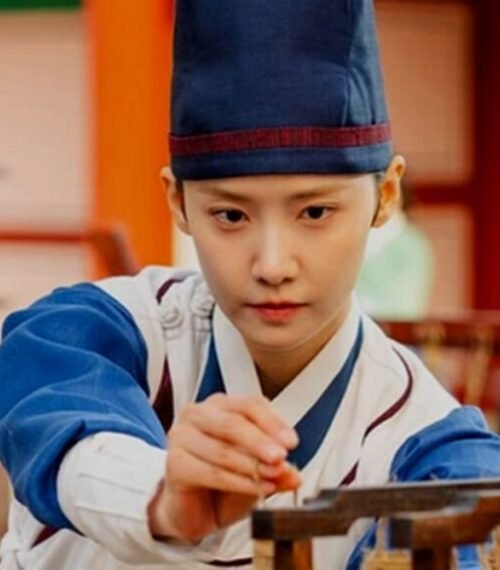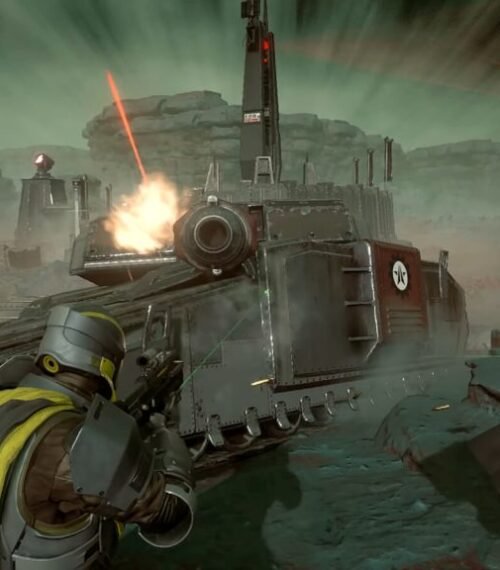Stuart Craig, the legendary production designer behind the magical look of all eight Harry Potter films, has passed away at 83, on 7th September 2025. His death, confirmed by fellow designer Neil Lamont via the British Film Designer Guild, was the result of complications from Parkinson’s disease.
Craig’s loss marks the passing of one of cinema’s greatest architects, a man whose vision gave life to J.K. Rowling’s Wizarding World in ways that still captivate millions of fans worldwide. Over his long career, Craig won three Academy Awards and three BAFTAs, while being nominated many more times.
But it was his work on the eight Harry Potter films, as well as the Fantastic Beasts spinoffs, that cemented his legacy. From the very first movie, Craig took on the daunting task of translating Rowling’s beloved books into a tangible world filled with towering halls, moving staircases, and timeless British charm.
In fact, Stuart Craig’s influence was so powerful that his work extended beyond film to Universal’s Wizarding World theme parks. So now, following his grieving demise, we’ve put together a list of some of his most iconic achievements in the Harry Potter films to honor his unmatched contributions.
1. Hogwarts
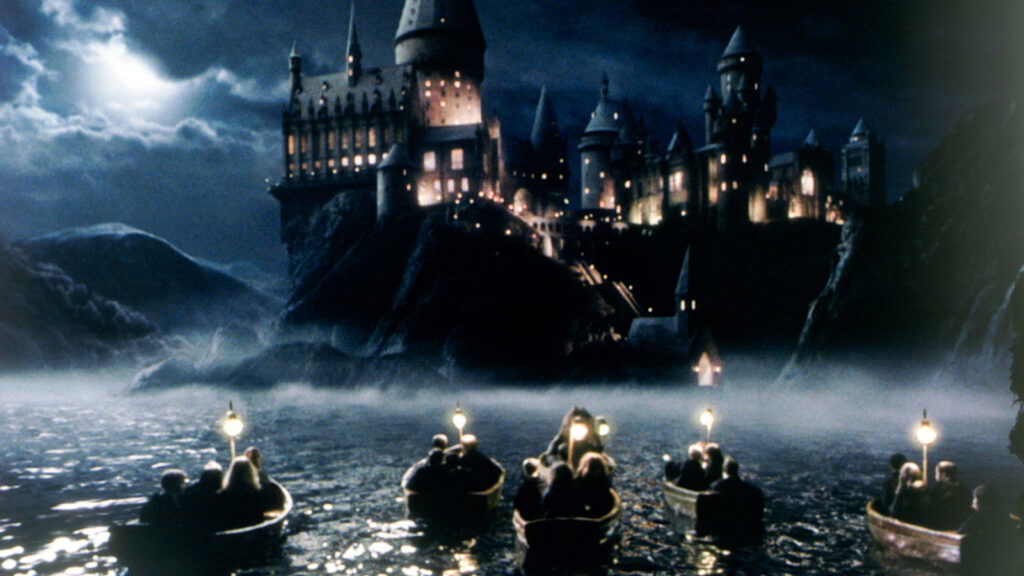
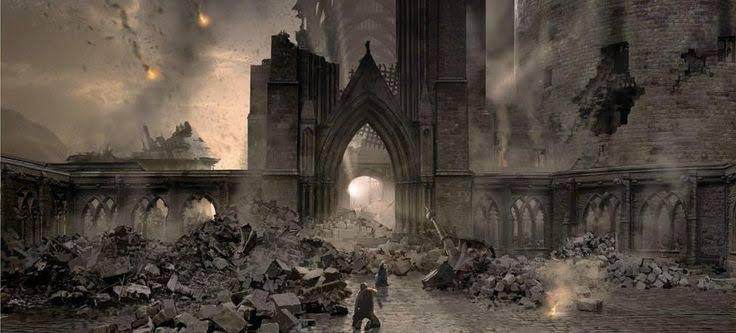
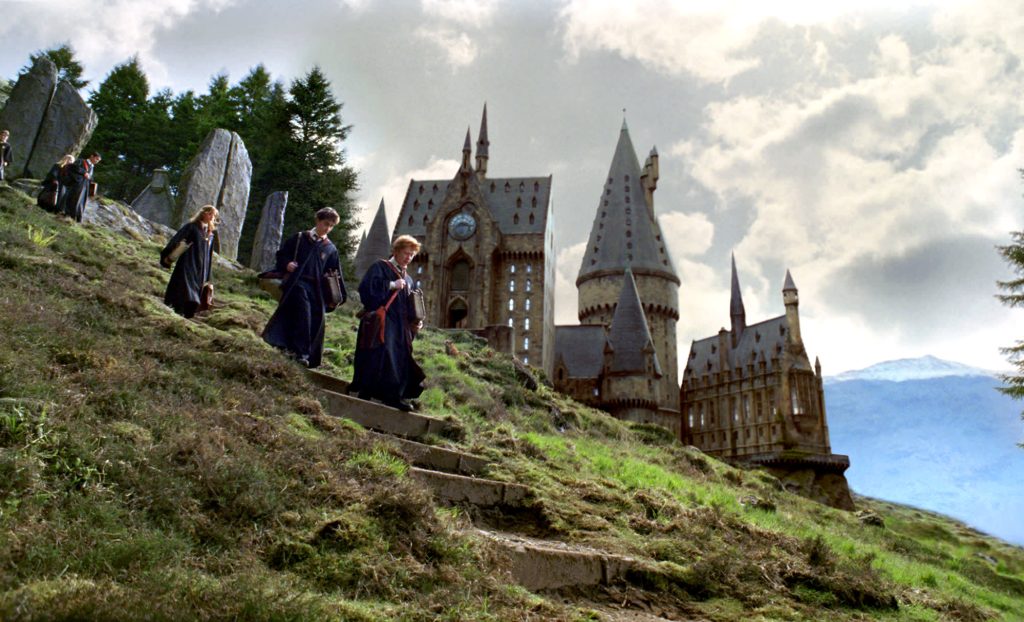
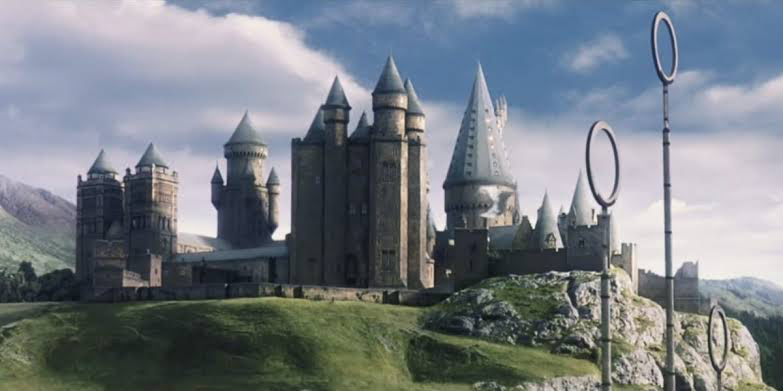
For every Harry Potter fan, Hogwarts is more than just a school. It’s a place of magic, comfort, and pure escapism. And thanks to Stuart Craig, who was the mastermind, who transformed J.K. Rowling’s descriptions into the towering castle we know today.
He began with a detailed scale model, starting with the exterior of the castle and how it would appear on the riverbank. Then he started working on the interior of the castle, carefully mapping every turret, staircase, and hallway. As the films progressed, he expanded the design, adding features like the Astronomy Tower when later stories demanded them.
Inspired by Gothic cathedrals and medieval architecture, Craig gave Hogwarts a timeless charm.
2. Diagon Alley and Gringotts

Diagon Alley, as we were introduced in Sorcerer’s Stone, when Harry went for wizard shopping for school, was one of Stuart Craig’s most magical creations. He literally brought J.K. Rowling’s bustling wizard marketplace to life. Craig didn’t base it on an existing street but built it entirely from scratch at Leavesden Studios.
He blended Tudor, Georgian, and Victorian influences to give every shop its own quirky identity. Meanwhile, Gringotts was designed to feel majestic and intimidating, with towering marble columns, sparkling floors, and exaggerated proportions that screamed wealth and power (via WBStudioTour). So together, they became iconic movie sets etched into fans’ memories.
3. Dumbledore’s Office
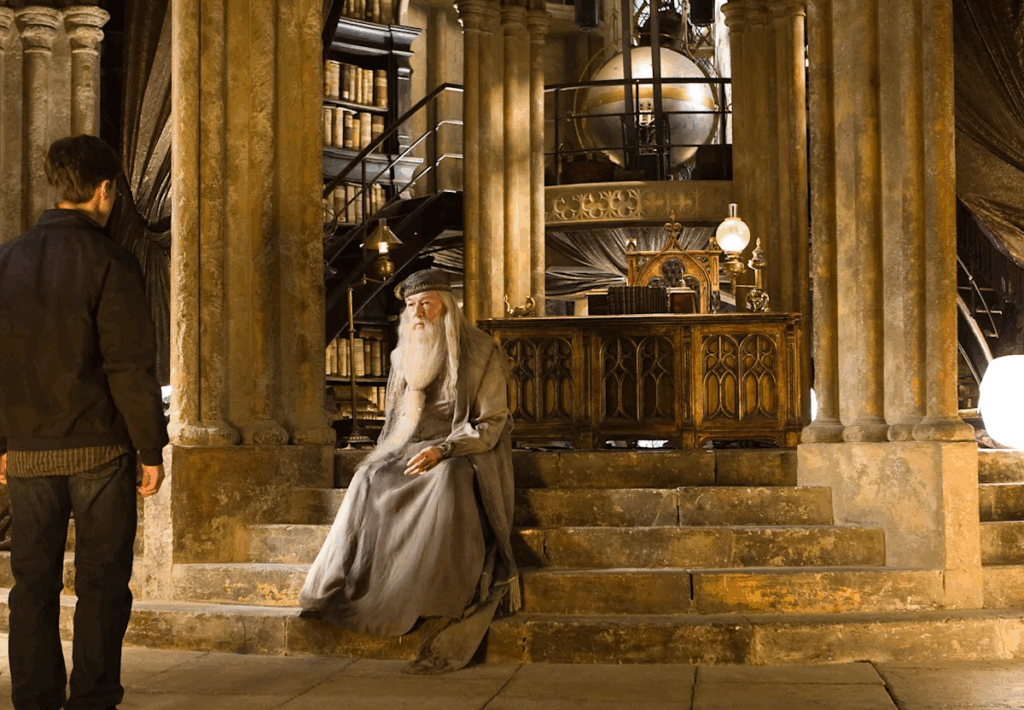
We may have only seen Dumbledore’s Office a few times after its initial appearance in Chamber of Secrets, but it took Craig enough imagination to bring it to life. After all, he created a space that felt both wise and mysterious. Being the head production designer of the Harry Potter films, Craig filled the office with gothic arches, rich wood textures, and magical artifacts to reflect Dumbledore’s complex personality.
Every detail, from the swirling staircase with a griffin statue to the rows of ancient books, was carefully thought out. The office wasn’t just a set; it became a storytelling device, hinting at the headmaster’s secrets and wisdom. It’s no wonder the room remains one of the most enchanting spaces in Hogwarts.
4. Marauder’s Map
Now guess what? Stuart Craig’s influence wasn’t just limited to Harry Potter set design. This mastermind even brought artworks like Sirius Black’s wanted posters and the Daily Prophet’s design to life. But among all his artwork for the franchise, his imagination for the Marauder’s Map stands tall.
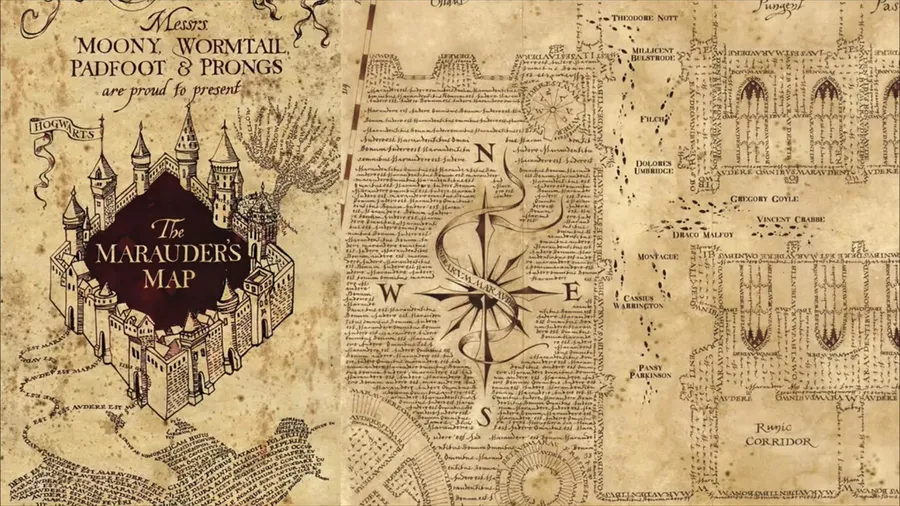
To make it believable, the map mirrored the actual architecture of Hogwarts. Every corridor, staircase, and tower lined up with the sets he had already crafted. This made the magical map feel authentic, as if it truly belonged to the school. With its intricate calligraphy and clever layout, the Marauder’s Map became a perfect example of how Craig’s attention to detail made magic tangible.
5. The Great Hall
The Great Hall of Hogwarts is the place where so many happy and heartbreaking incidents took place. From the Sorting Hat ceremony, to the end-of-term score count, Yule Ball, and finally Harry’s confrontation with Voldemort, this magical place is where Hogwarts truly came alive, and Craig designed it to awe audiences from the very first film.
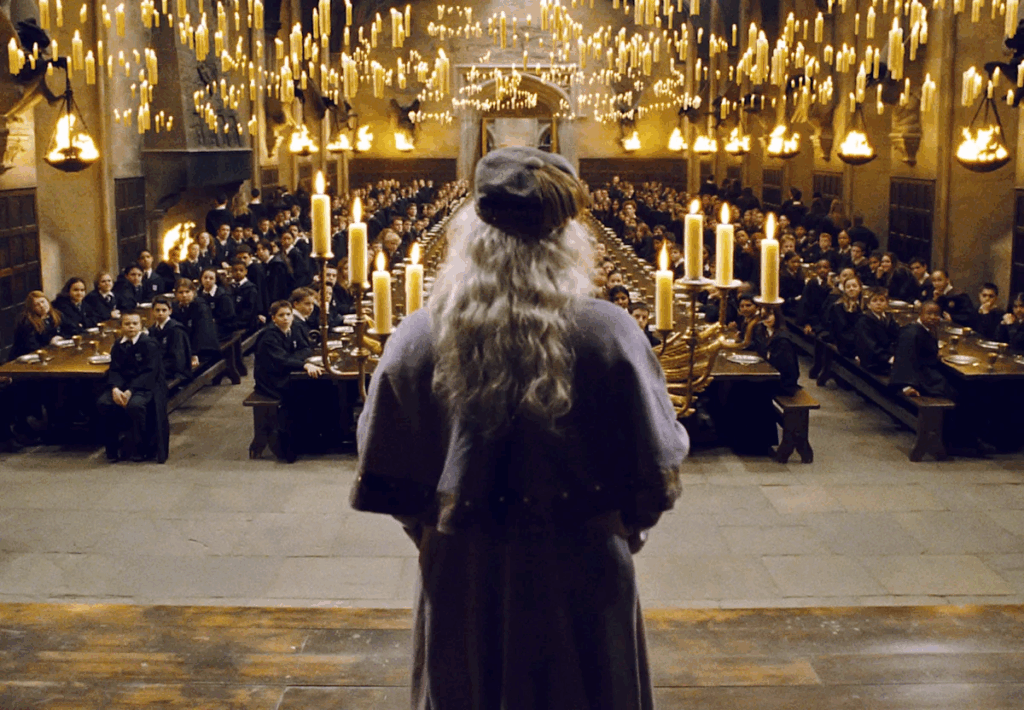
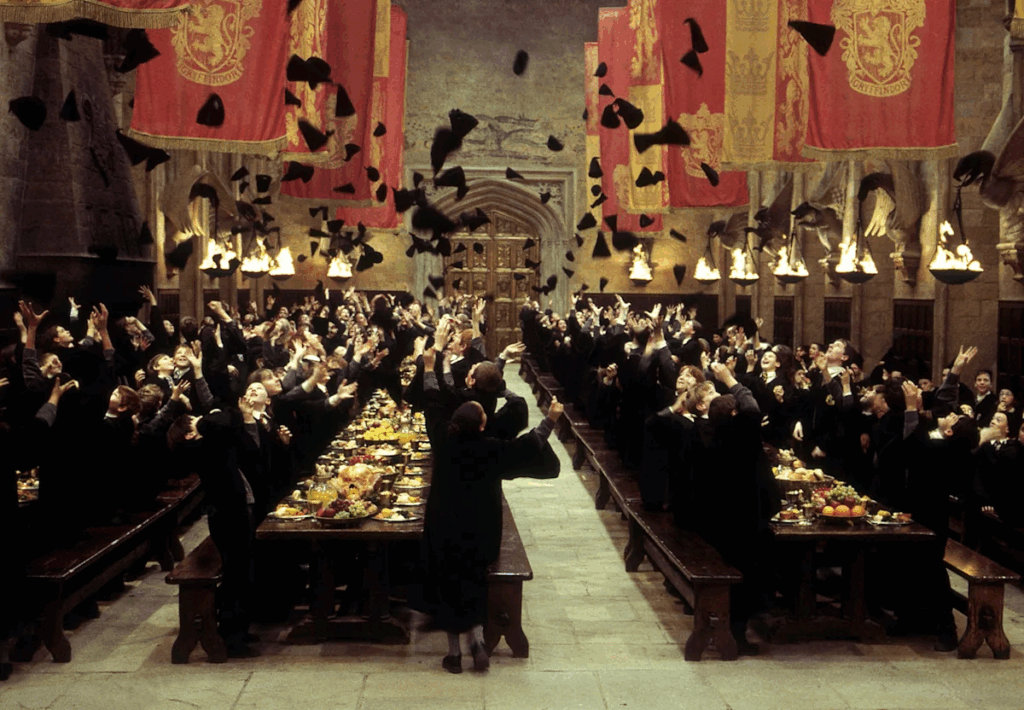
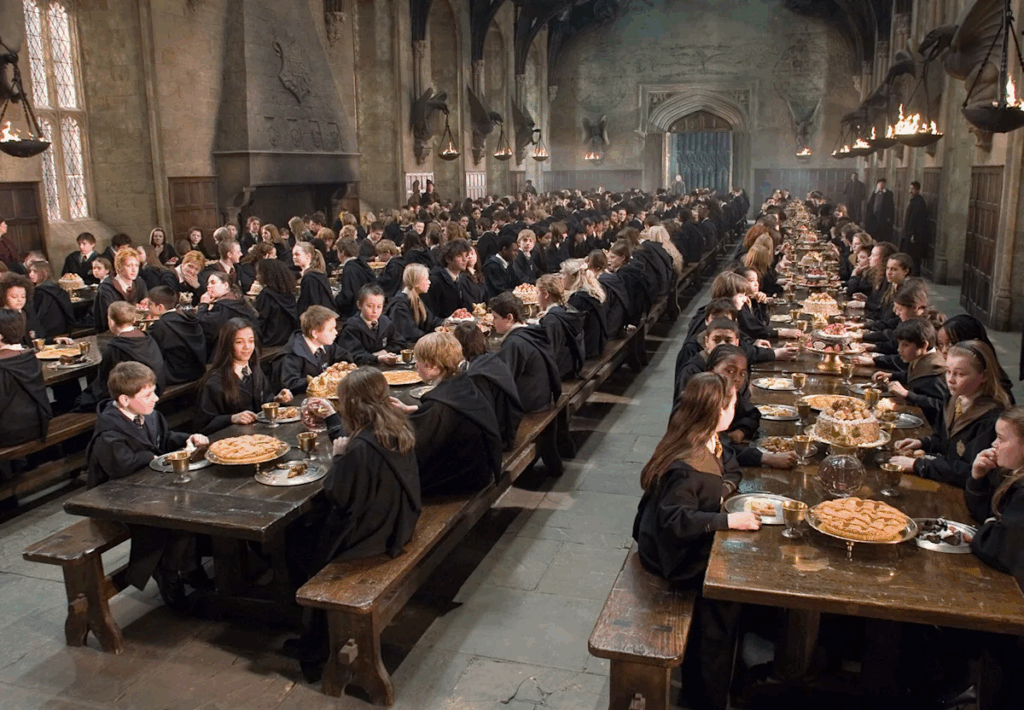
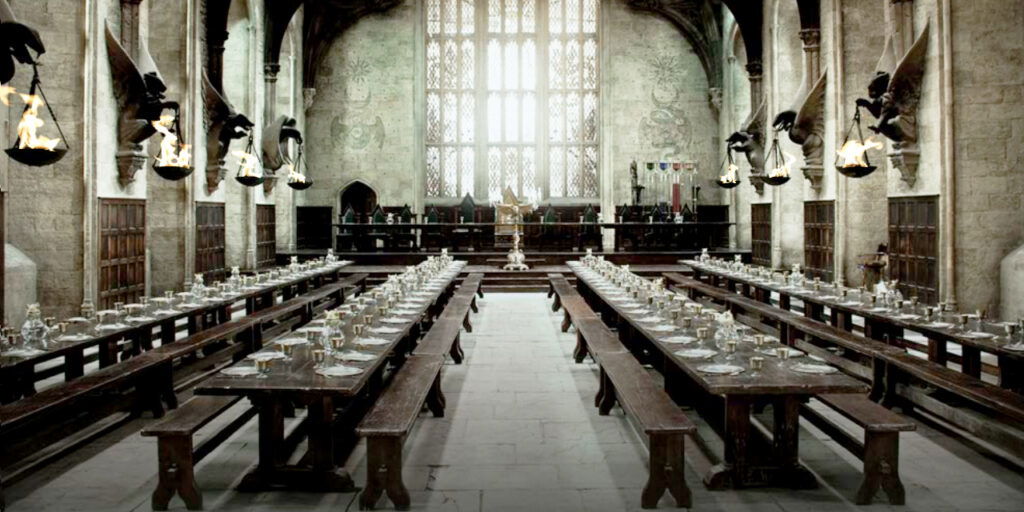
Inspired by Oxford College, Christ Church, and other medieval halls (via WBStudioTour), Craig built soaring ceilings, massive fireplaces, and rows of long tables to capture the grandeur of a magical feast. Chandeliers were physically constructed but enhanced with CGI to create the illusion of floating candles.
This blend of tradition and fantasy made the Great Hall the beating heart of the castle.
6. Room of Requirement
Now comes the Room of Requirement, which was not only a hidden part of Hogwarts, but also acted as an ever-changing room, based on people’s requirements. So naturally, this was one of Stuart Craig’s most imaginative spaces, designed to constantly change depending on the characters’ needs.
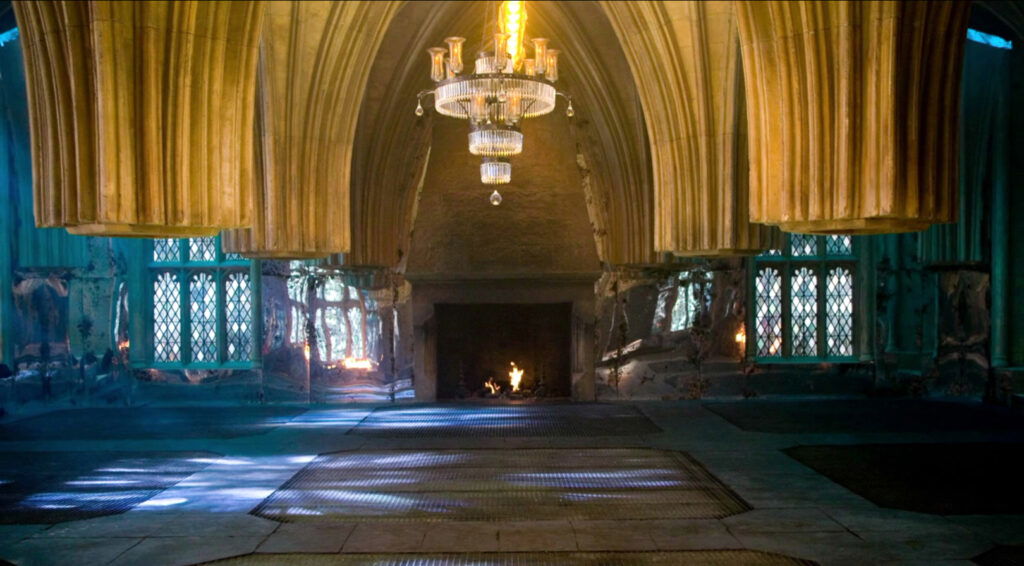
In Order of the Phoenix, it appeared as a training room, complete with mirrors and hidden corners, while in Deathly Hallows, it transformed into a dangerous chamber filled with towering piles of junk. Craig designed each of those sets with flexibility in mind, making it possible to reinvent the room in each film.
7. Ministry of Magic
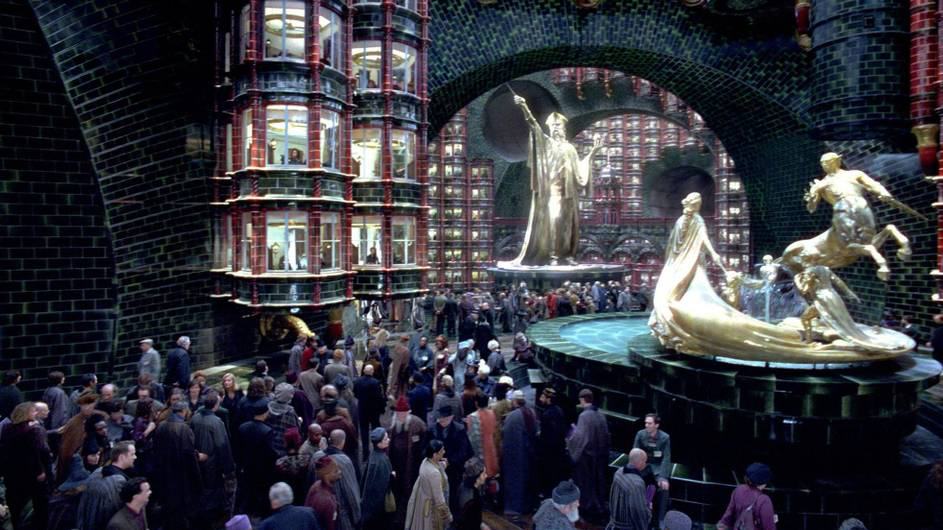
The Ministry of Magic in the Harry Potter books is an underground city of bureaucracy that’s supposed to look both intimidating and grand. And rightfully so, Stuart Craig imagined the set for the films, drawing inspiration from Victorian architecture, with green-tiled walls, towering fireplaces, and massive statues to reflect the Ministry’s authority.
The set was one of the most complex ever built for the series, requiring enormous scale and detail. By combining traditional craftsmanship with digital effects, Craig made the Ministry feel like a real, bustling institution that’s both oppressive and fascinating at the same time.
8. Hagrid’s Hut
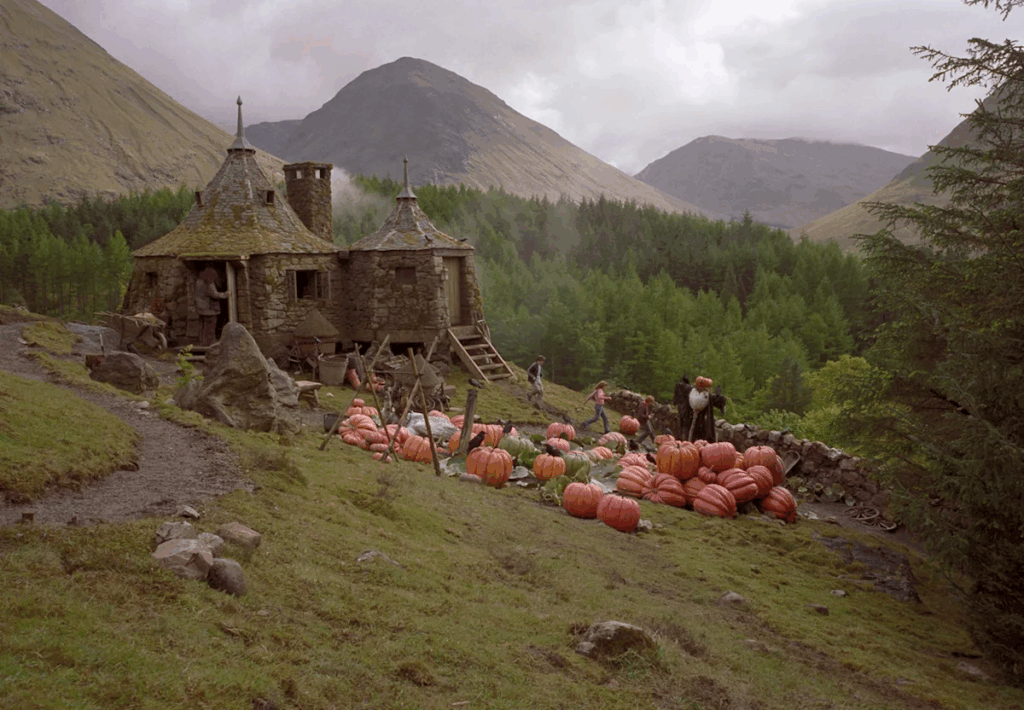
Rubeus Hagrid was a half-giant with a heart of gold. So naturally, his hut on the Hogwarts grounds was supposed to match his warm but rugged personality. So, at first, Stuart Craig created a small stone hut on the Hogwarts grounds, filled with oversized furniture to fit Hagrid’s frame.
But then, by the third film, he redesigned it on a hillside, adding a pumpkin patch, chimney, and cozy details that made it feel more like a home. Despite its simplicity, Hagrid’s Hut became one of the most comforting and iconic spots in the Wizarding World.
9. Wizarding World of Harry Potter Theme Parks
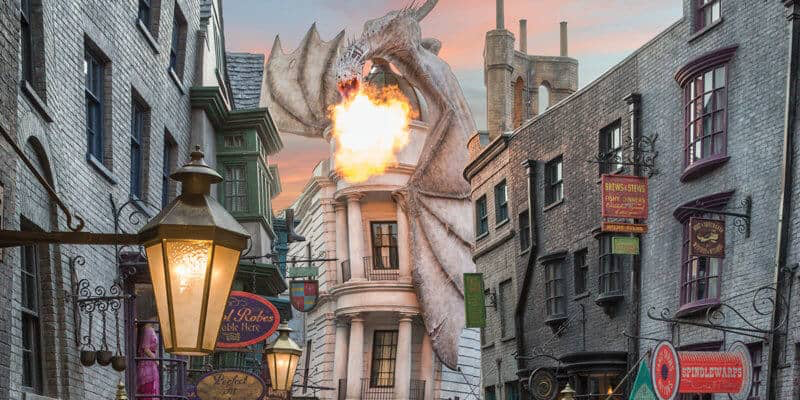
Following such iconic and imaginative set designs for the Harry Potter films, as fans hoped to experience life at Hogwarts, Warner Bros. decided to take Stuart Craig’s vision to go on far beyond the films. So, he helped design Universal’s Wizarding World of Harry Potter theme parks.
He worked closely with architects and engineers to recreate Hogwarts, Diagon Alley, and Hogsmeade in real life, ensuring every detail matched his original movie sets. From shopfronts to cobblestones, his fingerprints were everywhere. Thanks to his work, fans could finally walk through the world he imagined on screen.
Share your opinions on Stuart Craig’s set design for Harry Potter, and which is your favorite.
Harry Potter films are currently streaming in the US on HBO Max.


